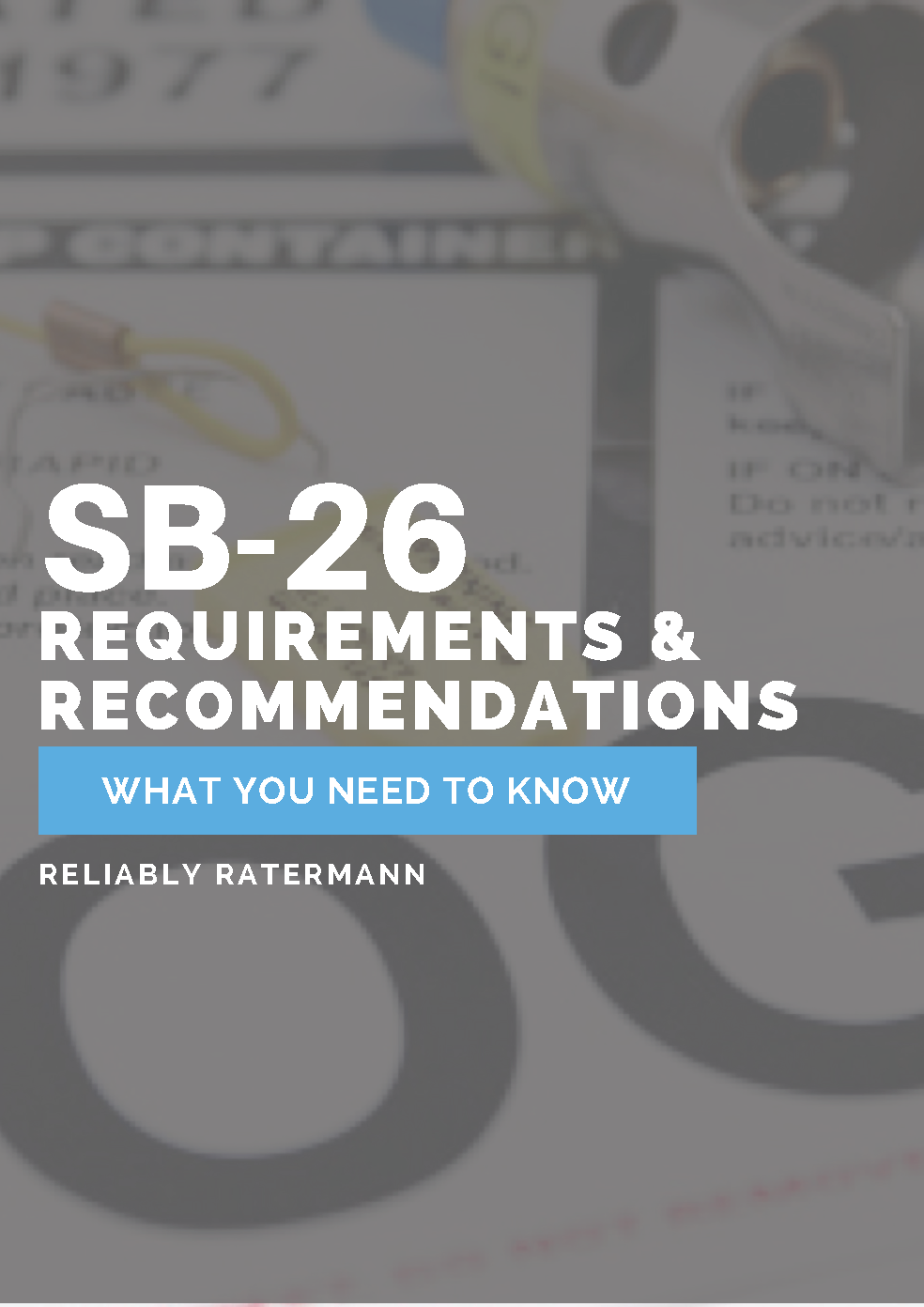Ratermann Learning Center
A hub providing relevant information and updates on industrial gas, cryogenics, and CGA regulations, as well as industry specific solutions for fill plants, beverage distribution and medical gas supplies.

By:
Marie Ratermann
January 18th, 2024
As 2024 gets underway, Ratermann is committed to providing even more reliable solutions for you through better customer service availability and even faster shipping options.

Refresh your understanding of the critical preventive measures that have been shown to save lives by subscribing to our blog for a free download of our guide: Ratermann's guide to SB-26 & our reccomendations to prevent gas mix-ups.

Medical Gas Supplies | Cylinder Storage
By:
Craig Pagano
December 11th, 2023
Cylinder cradles and manifolds are staple items at Ratermann, and we offer a wide range of high-quality options to suit a variety of needs. For customers who are not quite ready for a micro-bulk, our 12 and 16-pack options bridge the gap for increased demand.

By:
Marie Ratermann
December 5th, 2023

By:
Craig Pagano
December 4th, 2023
Carpal tunnel syndrome is one of the most pervasive on-the-job injuries across the U.S., and the compressed gas industry is no exception. Stemming from prolonged, repetitive movement, carpal tunnel syndrome is a progressive condition that worsens over time and can require surgical treatment, which can take two to three months to fully recover from.

By:
Lance Looper
November 29th, 2023
Did you know that over 99% of cryogenic relief valve failures are due to a build-up of particulates, dirt and debris? And that tank slag, Teflon tape, and dirt are the most common culprits? When these contaminants build up in valves, they prevent the valves from re-seating properly. At best, a blocked valve results in minor leakage requiring valve replacement. At worst, a fully blocked relief valve leads to overpressurization causing dangerous and life-threatening system failure.